
As climate change brings warmer temperatures and unpredictable rainfall, many gardeners are looking for smarter ways to conserve water. Whether you’re dealing with drought restrictions or simply want to reduce your water bills, adopting water-saving garden techniques can help. The good news is that saving water doesn’t mean sacrificing a beautiful, thriving garden. It just means gardening smarter.
This article shares simple, affordable, and effective water-saving garden tips you can use all year long—perfect for beginners and experienced gardeners alike.
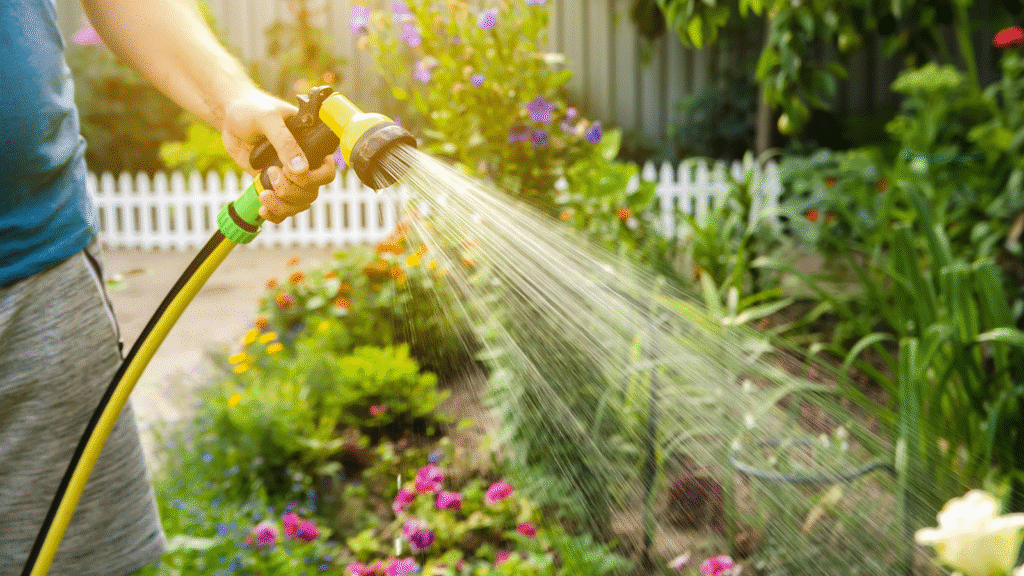
The first step in creating a water-wise garden is choosing the right plants. Native plants, or drought-tolerant species, are often the best choice. These plants are adapted to your local climate and usually need less water once established. Some popular drought-tolerant options include:
If you’re unsure what to plant, visit a local nursery and ask about low-water plants that thrive in your region.
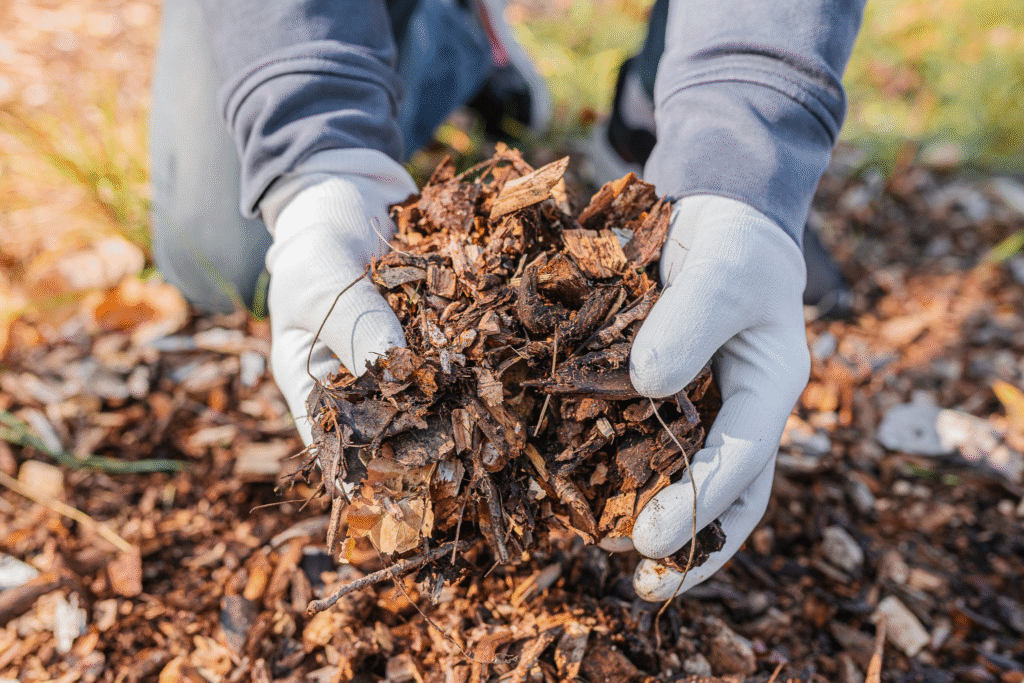
Adding a thick layer of mulch around your plants is one of the easiest and most effective water-saving tips. Mulch acts as a protective barrier between the sun and the soil. It keeps the soil cool, prevents evaporation, and helps retain moisture for longer.
Use organic mulch like shredded bark, straw, leaves, or compost. A 2-3 inch layer is ideal. Mulch also prevents weed growth, which can compete with your plants for water.
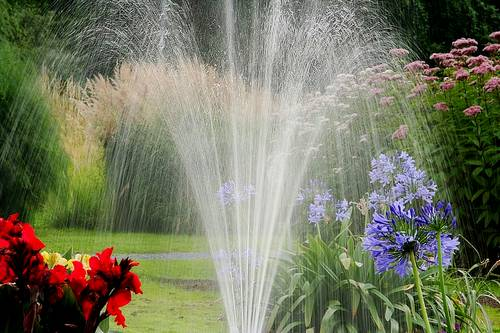
Watering in the early morning or late evening helps reduce evaporation. During the heat of the day, much of the water you apply may be lost before it reaches your plant roots.
Morning watering is best because the plants have all day to absorb the moisture, and the leaves have time to dry reducing the risk of mold or fungal diseases.
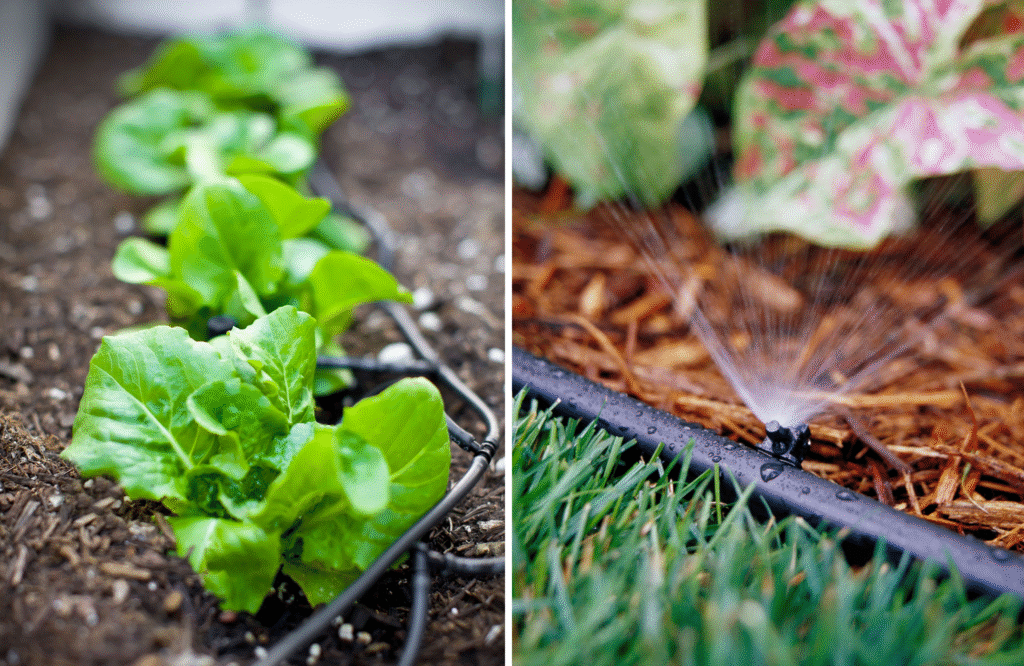
Drip irrigation systems deliver water slowly and directly to the base of the plant, right where it’s needed. This reduces water loss from evaporation and runoff.
If you’re not ready for a full irrigation setup, try using a soaker hose. These hoses release water along their entire length and are perfect for garden beds or rows of shrubs.
Both systems use much less water than traditional sprinklers and provide consistent moisture to your plants.
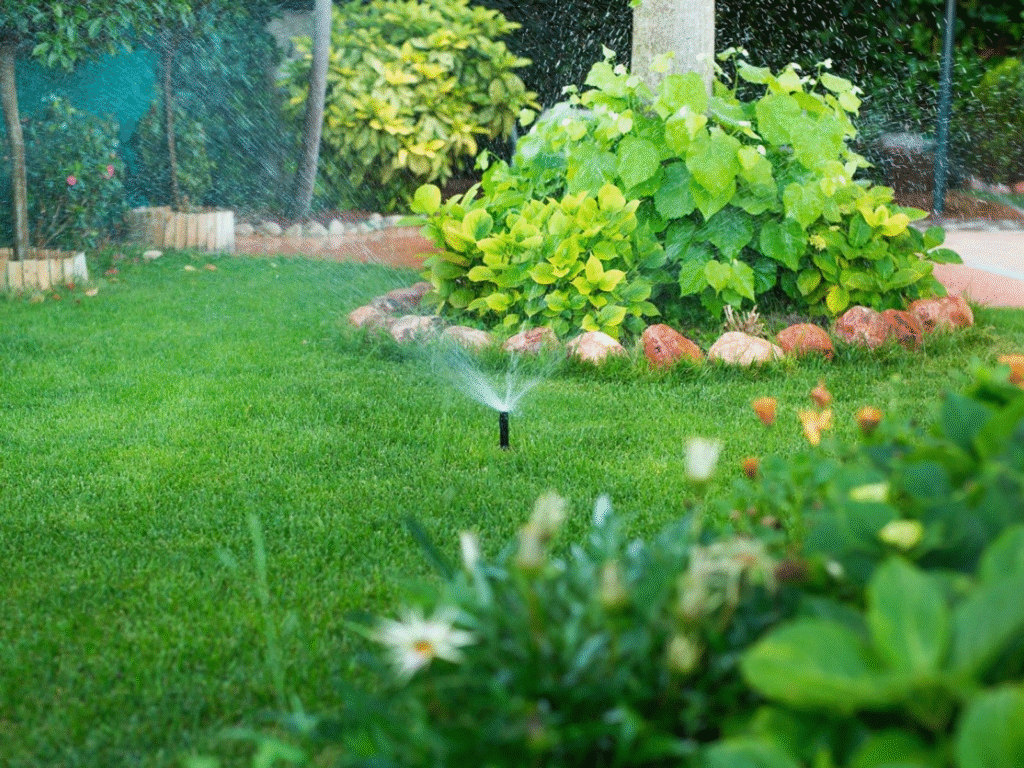
This smart landscaping method is known as “hydrozoning.” By grouping plants that require similar amounts of water together, you avoid overwatering some and underwatering others.
For example, place your thirsty herbs and vegetables in one area, while tough, drought-tolerant plants like succulents can be grouped elsewhere.
Hydrozoning not only saves water but also simplifies your irrigation routine.
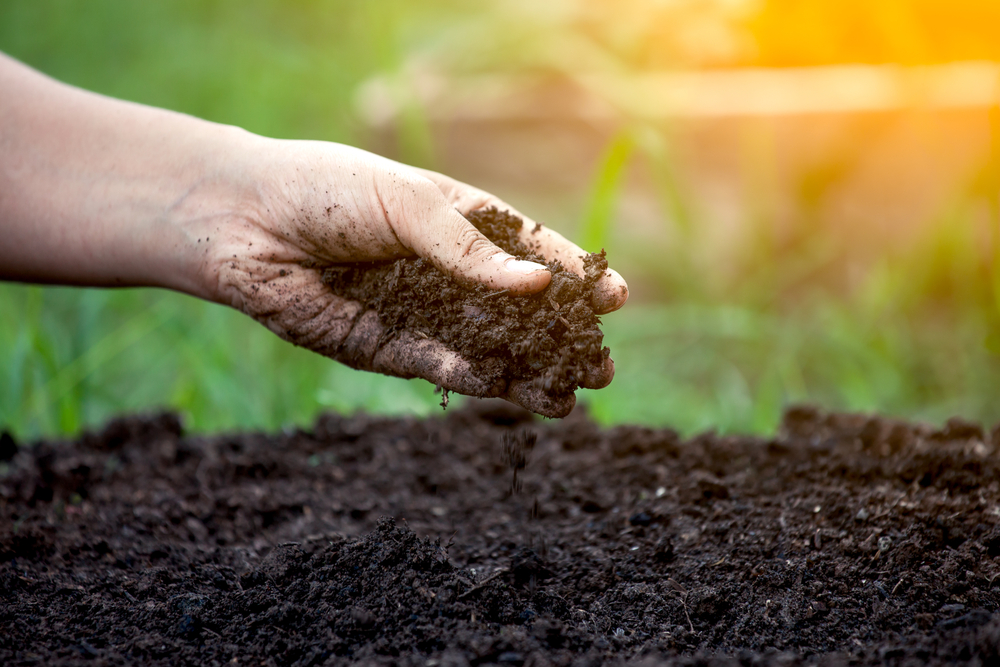
Healthy soil holds water better. Add organic matter like compost to your soil to improve its structure and water retention.
Compost acts like a sponge, soaking up moisture and slowly releasing it to plant roots. It also adds nutrients and supports beneficial microorganisms, creating a healthier garden overall.
You can make your own compost from food scraps, grass clippings, leaves, and other garden waste.
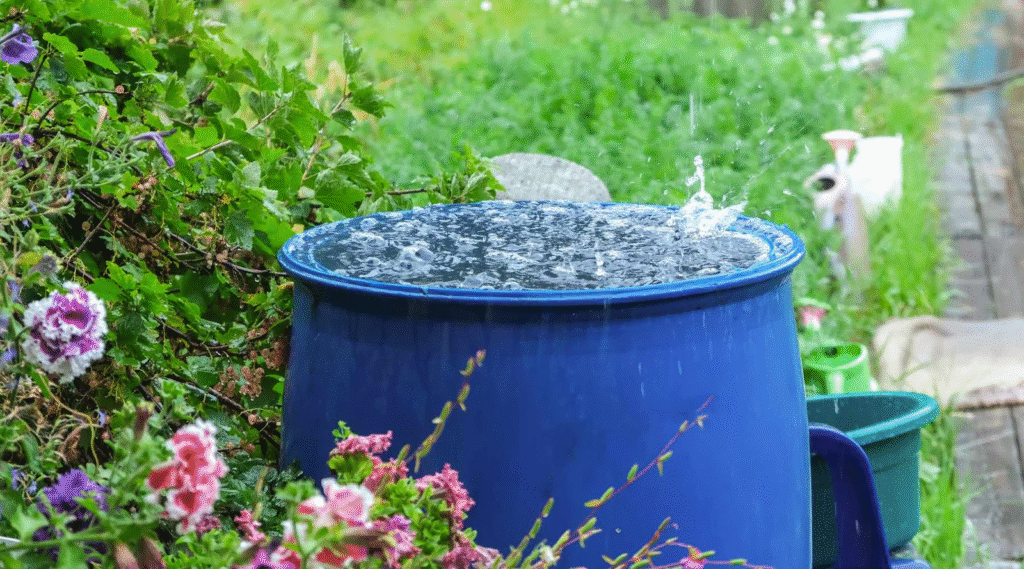
Using a rain barrel or water tank to collect rain from your roof is a great way to supplement your garden’s water supply.
Rainwater is naturally soft, free of chemicals like chlorine, and ideal for plants. Use it for watering your garden, cleaning tools, or even washing your car.
In many areas, rainwater harvesting is encouraged and supported with rebates or free collection kits.
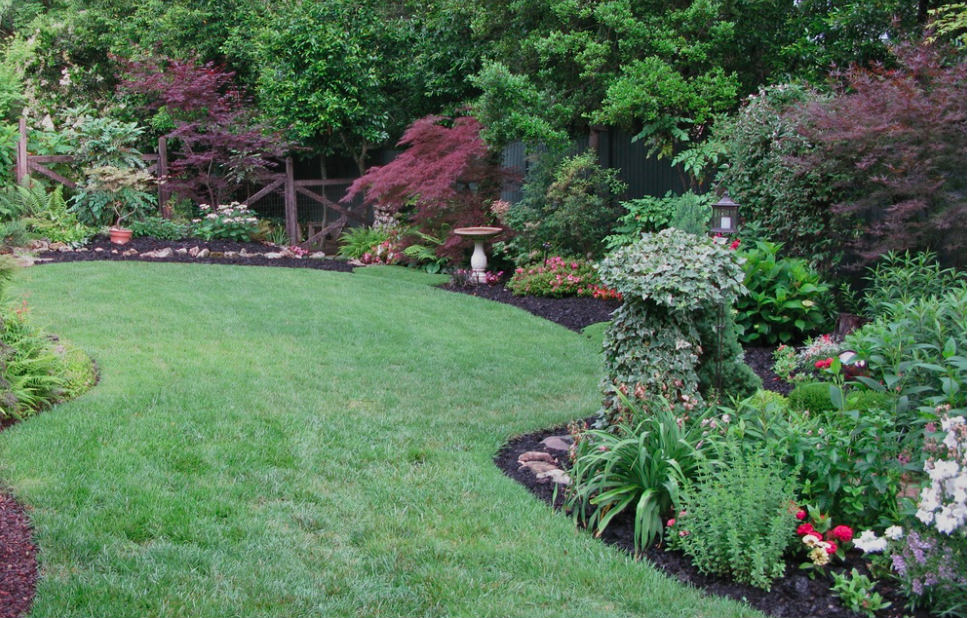
Lawns are among the thirstiest parts of any landscape. If possible, reduce the size of your lawn and replace it with native plants, ground covers, or even gravel or pavers.
If you still want some green space, choose drought-resistant grass varieties like Bermuda grass or Zoysia, and keep the lawn at a higher mowing height to shade the roots and retain moisture.
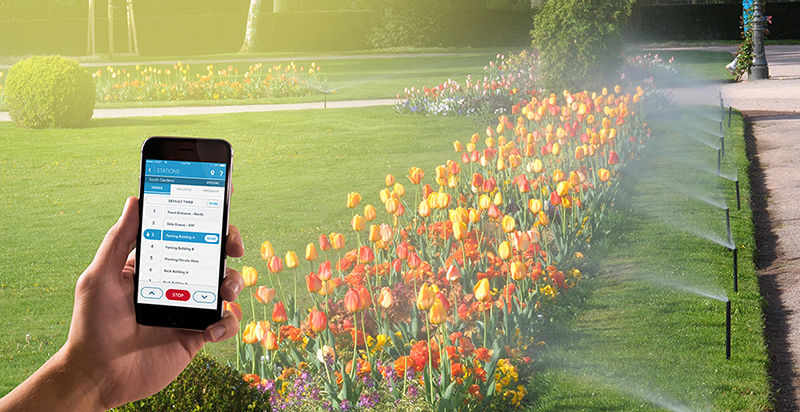
Technology can help you save even more water. Smart irrigation timers or controllers adjust watering based on the weather, soil moisture, or time of day.
Some systems connect to your phone or smart home assistant, allowing you to monitor and adjust watering schedules with ease.
These devices can significantly cut down your water usage while keeping your plants healthy.
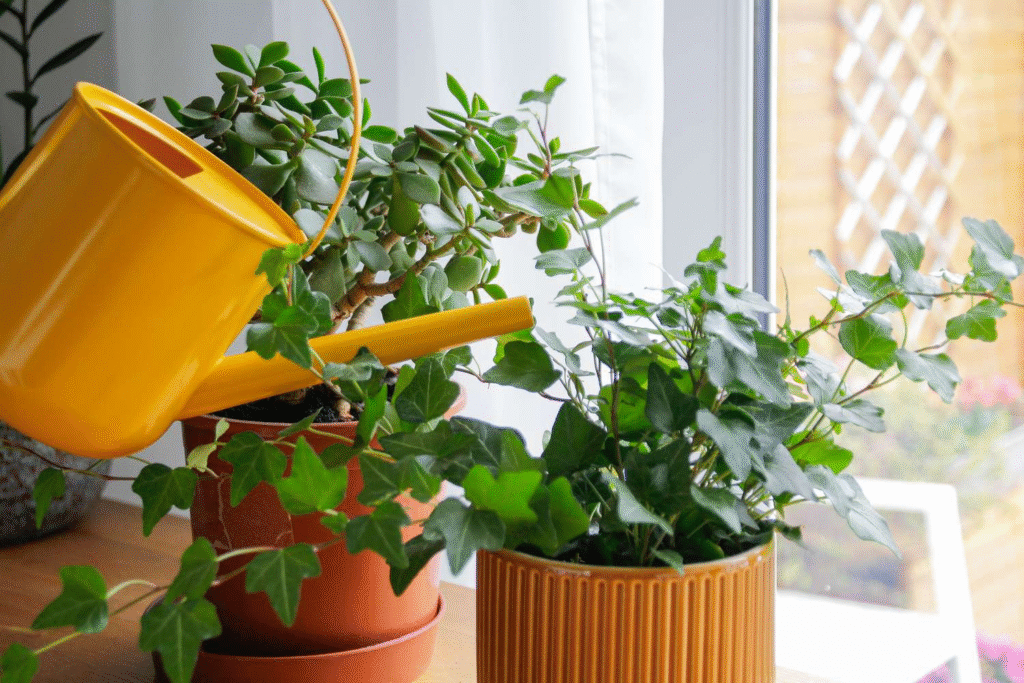
Believe it or not, overwatering is a common mistake that wastes water and harms plants. Signs of overwatering include yellowing leaves, root rot, and mold.
Before watering, check the soil with your finger or a moisture meter. If the soil is damp a few inches down, your plants don’t need more water yet.
Always water deeply but less frequently. This encourages roots to grow deeper into the soil, making plants more drought-resistant.
Adopting water-saving garden practices not only helps you conserve a valuable natural resource but also improves your garden’s health, lowers your water bills, and can even boost your property’s curb appeal.
From mulching and smart plant selection to rainwater harvesting and drip irrigation, each small change adds up. Whether you have a small balcony garden or a full backyard landscape, these water-wise strategies can make a big difference.
Start today and enjoy a greener, more sustainable garden while doing your part to protect the planet.
Read More:- Shobha Realty Launches Its Most Luxurious Project Yet—Full Details Inside 2025
